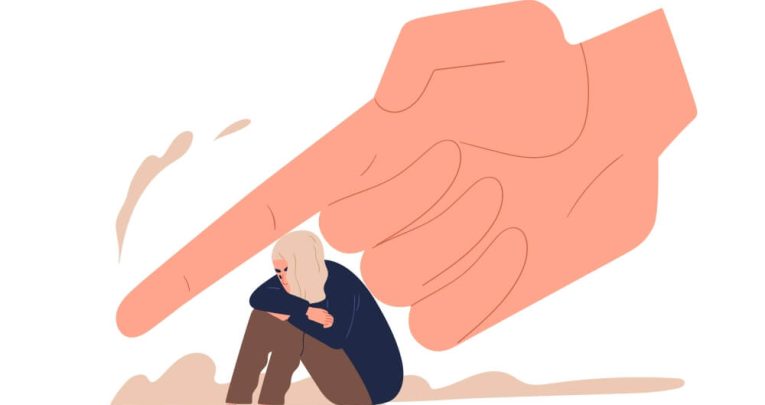Restorative practice – how it can restore trust and help put things right

Mark Finnis makes a concise case for why your behaviour management system can benefit from an injection of restorative practice…

- by Mark Finnis

Let’s look at the system of retribution many schools have in place and how it can end up causing more harm than the original transgression.
First, there’s a ‘What happened?’ part that’s all about gathering facts as quickly as possible. Next, we turn to finding out – equally quickly – who’s to blame. We then identify which rule has been broken, and work out what an appropriate punishment might be – one that fits the crime.
Here, we can be creative. You dropped litter, so you’ll spend all lunchtime picking up litter. Or, given how busy we are, we’ll just slot the student into the nearest passing discipline event or process.
Perhaps one of the regular whole school detentions on Wednesdays, or the curriculum-area detentions on Thursday. Actually, we have a vacancy in isolation booth 3, a week on Friday – see you there…!
We’ll then get on with our lives, thinking that something has changed and lessons have been learned, and that we’re all bigger and better because of it. Repeat.
So long as we’re able to overlook the damage done to the relationship between the transgressor and the authority; that the students and colleagues who were harmed have been ignored; and that accountability for any sense of closure has placed squarely at the door of the punishment – justice has prevailed. So let’s move on.
A restorative view, however, seeks to create a better sort of system which sets about things slightly differently.
Firstly, the ‘What happened?’ element is designed to give everyone involved an opportunity to share their unique perspectives. Remember, at any given time there is always my truth, your truth and the truth.
Next, we’ll ask who has been affected and how, and follow this by examining and exploring the impact on people and relationships.
We’ll then draw things together by asking the ‘needs’ questions. What needs are there, and what needs to happen to repair damage and allow us to move forward?
This alternative structure of thought and practice will help move us towards a much more interpersonal process; a culture of shared responsibility and problem solving.
The voices and needs of all those involved are clearly outlined and addressed and – while some sort of punishment may well be necessary – the focus is on restoring trust and connection, on putting things right, making things better and ultimately moving forward.
Mark Finnis is an Independent Thinking Associate and one of the UK’s leading exponents of restorative practice, with many years’ experience working with schools, local government agencies and social services.
This item is an edited extract from his book Independent Thinking On Restorative Practice (Crown House Publishing, £9.99); for more information, visit l30relationalsystems.co.uk or follow @Markfinnis.










